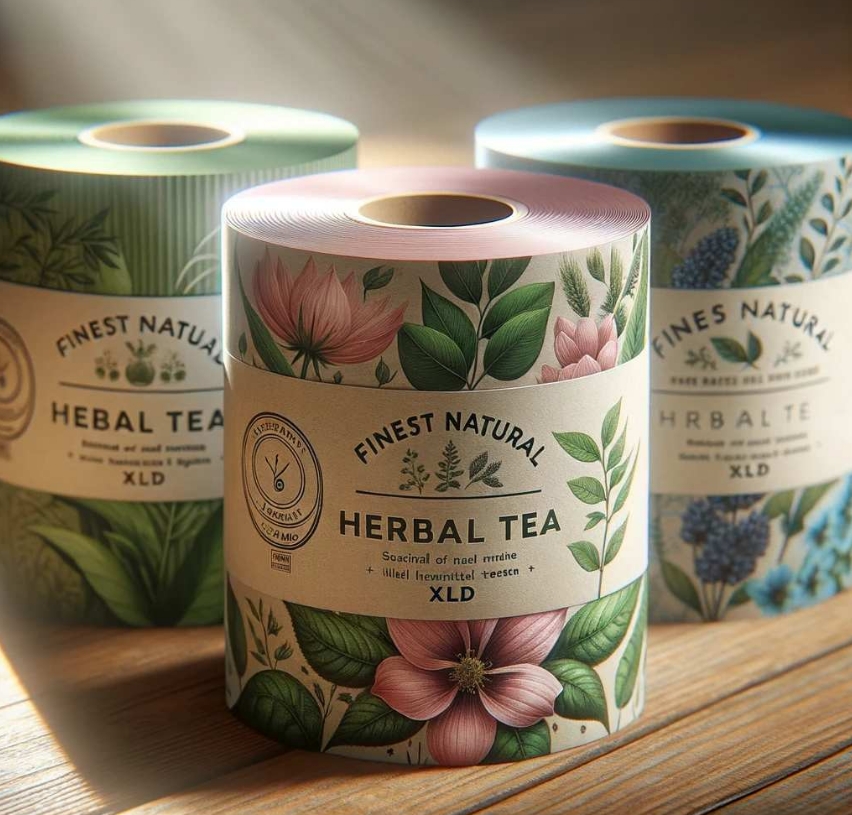
The packaging industry is witnessing notable advancements in foil film, particularly in the context of ensuring quality, safety, and sustainability. From general-purpose packaging to specialized applications, foil films play a crucial role in preserving the freshness and integrity of various products. In this industry update, we explore key developments in foil film for packaging, aluminum foil packaging film, food-grade foil film, and moisture-resistant foil film.

Foil Film for Packaging:
Foil film for packaging continues to evolve, driven by the need for enhanced barrier properties and versatility. Manufacturers are investing in research and development to create foil films that provide optimal protection against external elements, such as light, moisture, and oxygen. The latest innovations in foil film packaging include lightweight yet durable materials, making them ideal for a wide range of products, from snacks to pharmaceuticals.
aluminum foil packaging Film:
Aluminum foil packaging film remains a staple in the industry due to its exceptional barrier properties, ensuring protection against moisture, gases, and UV light. The latest trends in aluminum foil packaging focus on sustainability, with manufacturers exploring eco-friendly alternatives and incorporating recyclable materials. Innovations also target improved sealing technologies to enhance the shelf life of products and reduce food waste.
Food-Grade Foil Film:
The demand for food-grade foil film is on the rise, driven by consumer preferences for safe and hygienic packaging solutions. Manufacturers are increasingly emphasizing compliance with food safety regulations, using materials that are free from harmful chemicals and contaminants. Food-grade foil films are designed to maintain the quality of perishable goods, extend shelf life, and enhance the overall safety of packaged food items.
Moisture-Resistant Foil Film:
Moisture-resistant foil film is a critical component in packaging solutions for products susceptible to moisture damage, such as electronics, pharmaceuticals, and certain food items. Recent developments focus on creating advanced moisture barriers that not only protect the contents from external humidity but also provide a cost-effective and sustainable solution. These films are designed to prevent moisture-related issues, including mold growth, degradation, and loss of product quality.
Conclusion:
The foil film industry is at the forefront of addressing evolving packaging needs, emphasizing quality, sustainability, and functionality. From moisture-resistant properties to food-grade standards and advancements in aluminum foil packaging, manufacturers are pushing the boundaries of innovation. As consumer awareness regarding sustainable packaging grows, the industry is likely to witness further developments in eco-friendly alternatives and efficient barrier technologies, ensuring that foil films continue to play a vital role in preserving the integrity of packaged goods.